How long do I have to file a car accident claim?
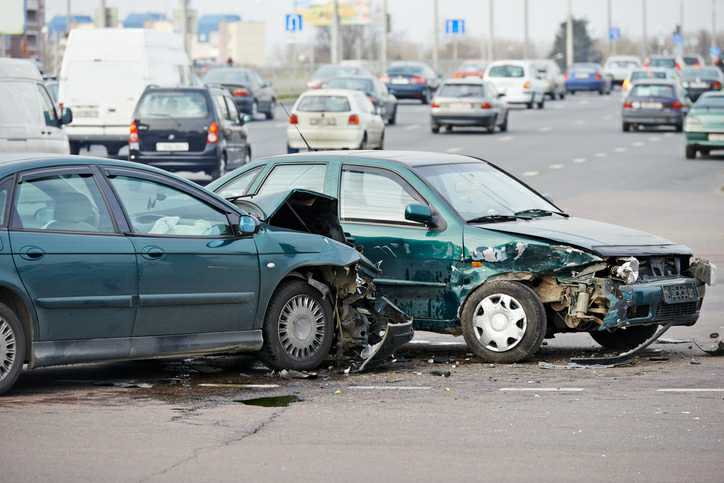
A single car accident can turn your life upside down for a very long time. You may sustain serious injuries that can require months or years of medical care. The thought of pursuing a personal injury claim may not be the first thing on your mind while you’re shaken up by a crash and being treated for injuries.
It’s important to understand that there are time limits on pursuing a personal injury claim in New York State. This is called the statute of limitations. In New York, it’s three years from the date of your car accident.
Are there any exceptions?
Exceptions to the three-year limit on personal injury claims are very rare and only apply in very specific situations, including:
- The injured person is under a legal disability, such a severe brain injury, that affects his or her ability to pursue a claim.
- The person who caused the crash leaves New York State before the claim can be filed, and is gone for four months or longer. The amount of time the defendant is gone will not count during the three-year period.
If these criteria don’t apply and you miss the three-year deadline to file, your claim can be dismissed and you may lose your right to pursue crash-related damages.
How can I get started on my claim?
While you have up to three years to file your claim, the sooner you take action, the better. When filing a car accident claim, it’s important that you first discuss the details of your crash and injuries sustained with an experienced attorney.
Your attorney can investigate your crash and collect evidence showing how it occurred. This may include:
- Investigating the crash scene
- Obtaining surveillance camera footage (if available)
- Speaking to witnesses
- Obtaining an unbiased police report of the crash
- Obtaining documentation of your medical evaluation
Your attorney can also:
- Accurately tally up the cost of damages, medical expenses, lost wages, and non-economic damages, such as pain and suffering
- Negotiate with insurance companies for fair and complete compensation, and take them to trial if they can’t come to an agreement
Claims for no fault insurance coverage should be filed within 30 days of the accident. Shorter time periods may apply to bring claims against certain defendants. If the defendant is a municipality, a notice of claim may have to be filed within 90 days. Claims against the State of New York or the United States Government also require an earlier filing period.
The Law Offices of James Morris would be pleased to review the applicable filing limitations on your case. To get started on your car accident claim, contact us online or call our Buffalo office at 716-855-1118. We offer free and confidential case evaluations.





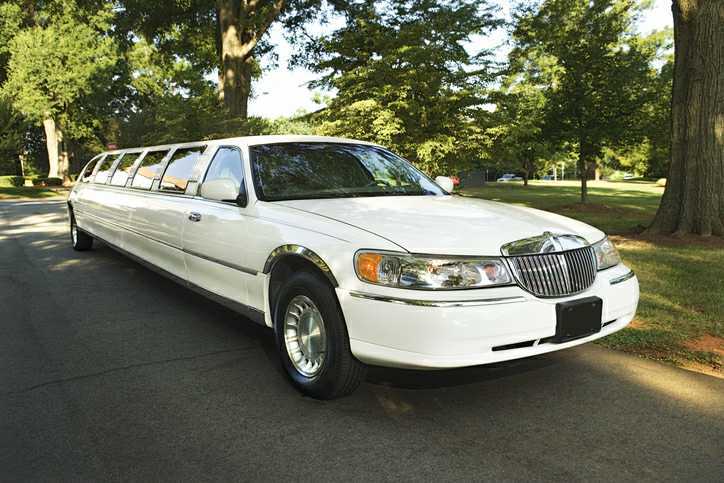
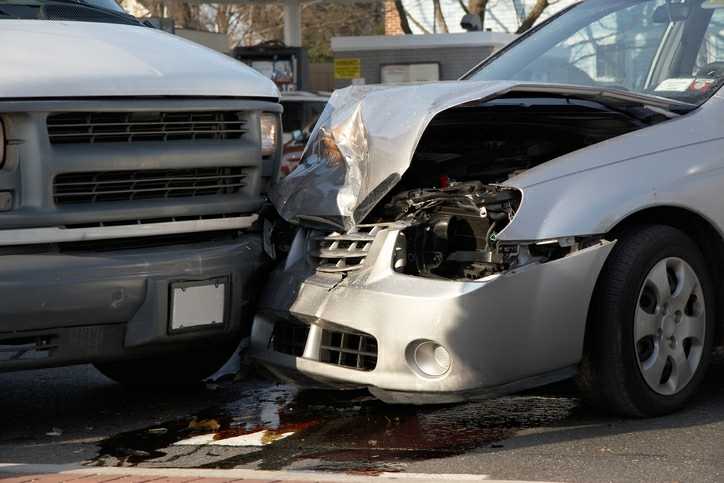
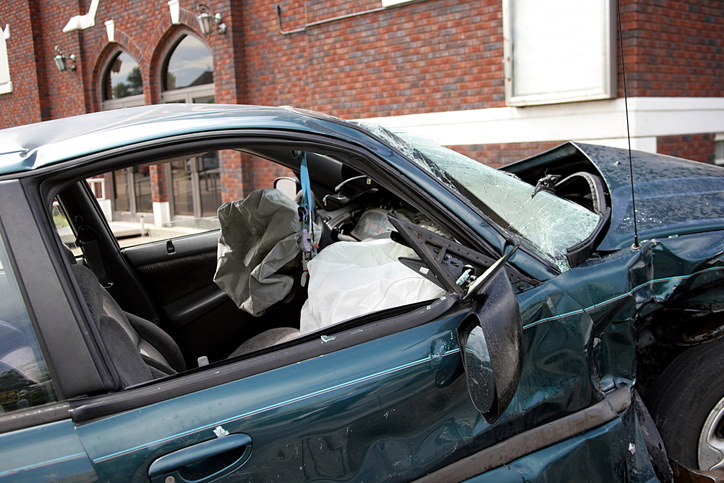
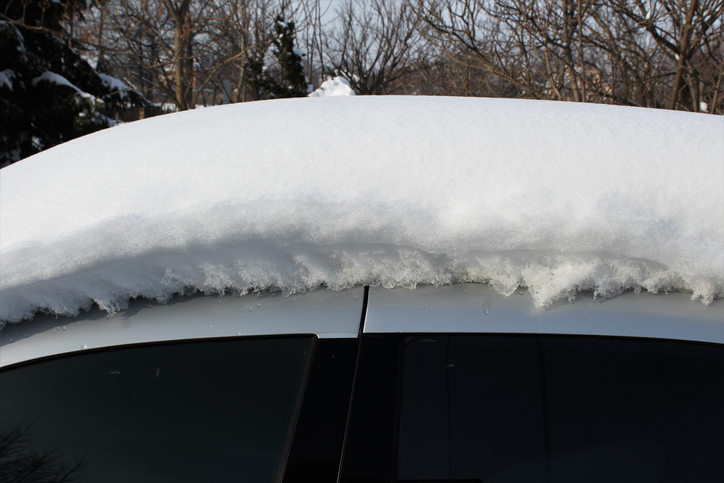

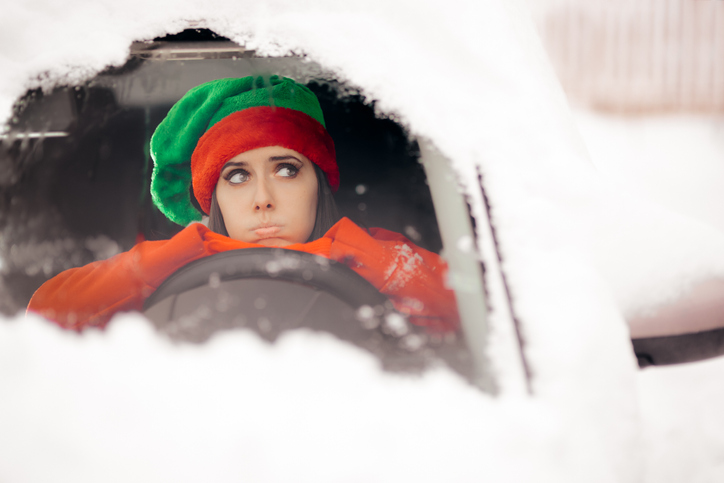
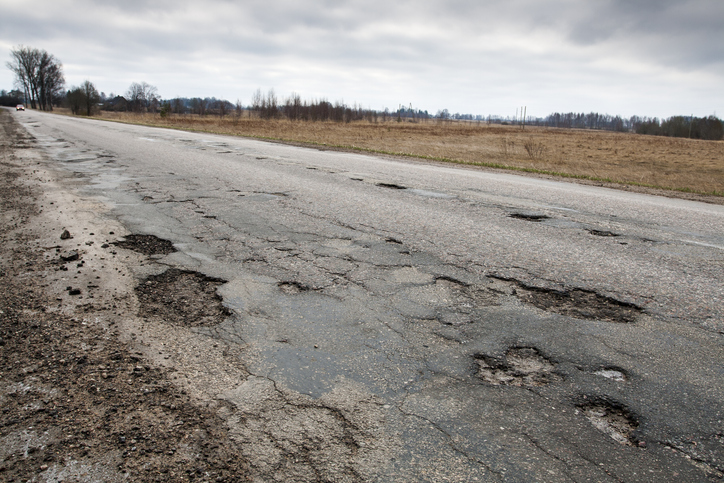
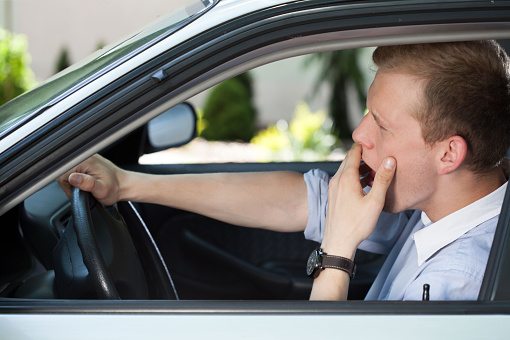 Drowsy driving doesn’t always involve falling asleep at the wheel. It is a form of driver impairment just like drunk driving. The difference is that drunk driving is illegal, but unless a drowsy driver causes a crash, police can’t just take a driver off the road for simply appearing tired. In addition, drowsy driving is very difficult to track and often leaves behind no physical evidence after a crash.
Drowsy driving doesn’t always involve falling asleep at the wheel. It is a form of driver impairment just like drunk driving. The difference is that drunk driving is illegal, but unless a drowsy driver causes a crash, police can’t just take a driver off the road for simply appearing tired. In addition, drowsy driving is very difficult to track and often leaves behind no physical evidence after a crash. The 2019/2020 school year has just begun in the greater Buffalo area. That means more kids will be walking, riding bicycles, and being dropped off at school. In addition, buses will be making frequent stops during the morning and afternoon hours.
The 2019/2020 school year has just begun in the greater Buffalo area. That means more kids will be walking, riding bicycles, and being dropped off at school. In addition, buses will be making frequent stops during the morning and afternoon hours.